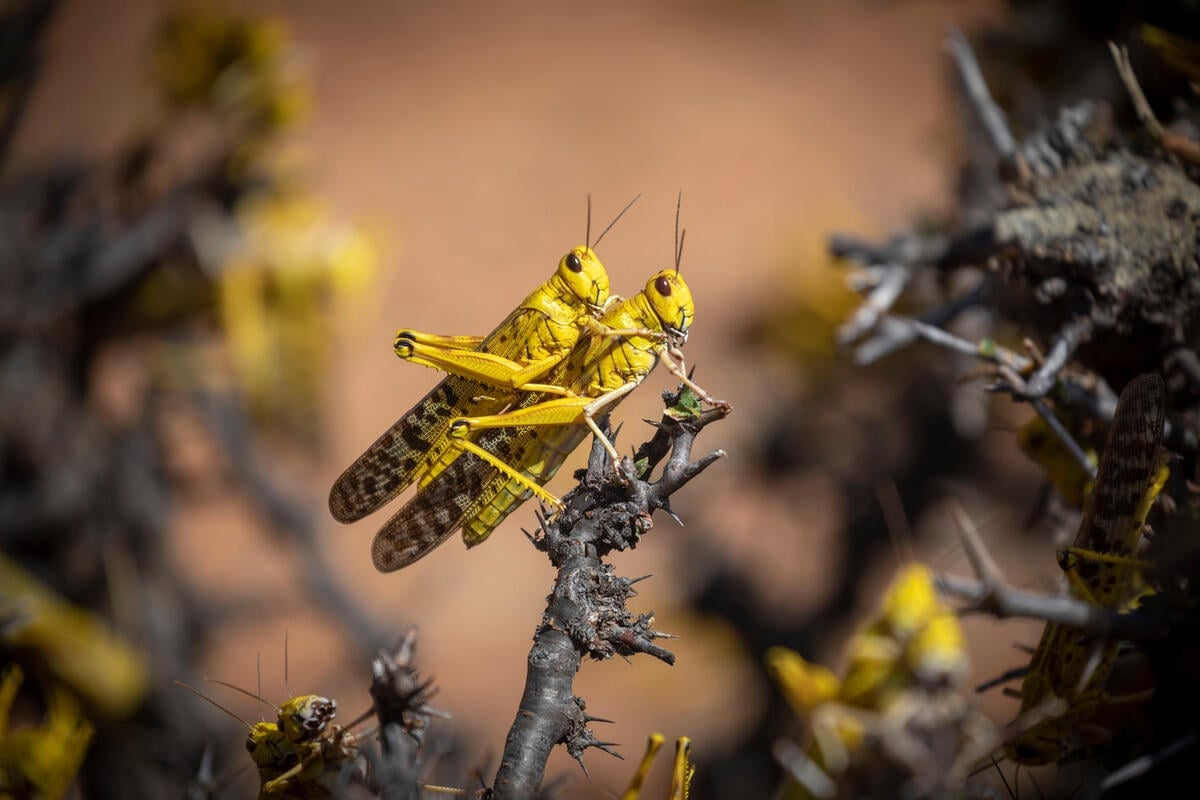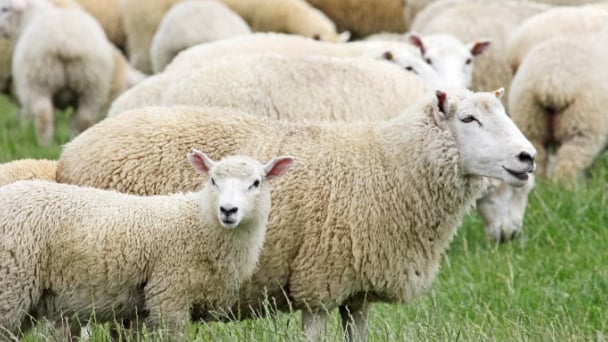June 2, 2025 | 21:28 GMT +7
June 2, 2025 | 21:28 GMT +7
Hotline: 0913.378.918
June 2, 2025 | 21:28 GMT +7
Hotline: 0913.378.918

The desert locust remains one of the world’s most destructive migratory pests.
The Food and Agriculture Organization of the United Nations (FAO) is urging countries in Northwest Africa to enhance monitoring and initiate early control measures as adult desert locust groups and small swarms - originating from the Sahel - moved into southern Sahara in the Western Region of the desert locust distribution area.
Locust activity intensified from late February through March, with adult groups and small swarms arriving in central Algeria, western Libya, and southern Tunisia. Due to favorable ecological conditions, the current spring breeding season has witnessed significantly larger infestations than usual.
Winds and rainfall patterns have facilitated northward movement of desert locusts from southern Algeria, northern Mali, Niger and Chad. In these Sahelian regions, small groups were breeding from August until early March. The influx of populations into Northwest Africa - particularly in the north and south of the Hoggar Mountains in Algeria and Fezzan in southwest Libya - has prompted FAO to classify the situation in the Western Region as caution, requiring increased vigilance.
“Surveys and control operations are particularly urgent in locations where winter and early spring rains have created suitable breeding conditions,” said Cyril Piou, Locust Monitoring and Forecasting Officer. “FAO forecasts since January have said that hatching and band formation would start this month in affected areas. If left unchecked, these bands could develop into small swarms from May to June, increasing the risk to crops and pastureland.”
FAO recommends conducting intensive ground surveys across key areas where locust breeding is likely to occur – spanning from south of the Atlas Mountains in Morocco to the Sahara in Algeria and extending to southern Tunisia and western Libya. These areas have received sufficient rainfall to support vegetation growth, creating favorable conditions for locust development.
The desert locust remains one of the world’s most destructive migratory pests. A single swarm can cover one to several hundreds of square kilometers. Just a single square kilometer of swarm can contain up to 80 million adults, with the capacity to consume the same amount of food in one day as 35,000 people. Early detection and rapid response are critical to preventing a wider crisis.
(FAO)

(VAN) On June 1, a grand meeting was held in Ha Long city, Quang Ninh province, to celebrate World Environment Day and launch the National Action Month for the Environment 2025.

(VAN) From the meeting in Ha Long, the United Nations called for the establishment of a legally binding global treaty to end plastic pollution.

(VAN) ‘Accounting trick’ to support methane-emitting sectors undermines fight against climate change, say researchers.

(VAN) Water conservation, transboundary cooperation and sustainable agriculture are key to securing the region’s future, says FAO Director-General QU Dongyu.

(VAN) Professor Dr. Mai Trong Nhuan believes that Lam Dong will serve as a 'supermarket' of green agricultural products for the entire country and a beautiful destination acting as a 'health charging station' for tourists.

(VAN) A delegation of nearly 50 Vietnamese agencies, agribusinesses, and agricultural associations has officially begun its working trip to the United States.

(VAN) Mr. Van Ngoc Thinh, CEO of WWF-Vietnam, warned that plastic waste is the starting point of a chain of ecological degradation and the decline of coastal livelihoods.